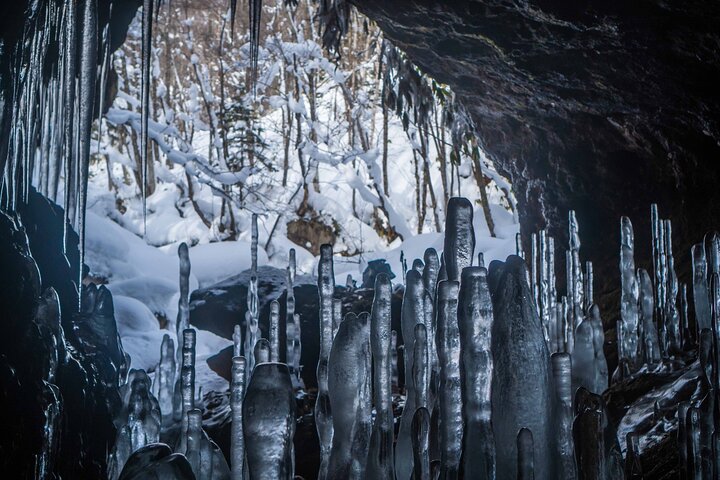Exploring the Wild and Cultural Wonders of Noboribetsu Bear Park
Drawn by the promise of majestic Ezo brown bears and a cultural immersion into the Ainu heritage, I ventured to Noboribetsu Bear Park. What awaited was a harmonious blend of nature and tradition, offering a unique glimpse into Hokkaido’s soul.
A Journey to the Summit
As I embarked on my journey to Noboribetsu, a place renowned for its hot springs and natural beauty, I was filled with anticipation. The allure of the Noboribetsu Bear Park, nestled atop the scenic Shikotsu-Toya National Park, was irresistible. The park promised not only a close encounter with the majestic Ezo brown bears but also a cultural immersion into the world of the indigenous Ainu people.
Upon arrival, the first thing that struck me was the breathtaking view from the ropeway. As the gondola ascended, the landscape unfolded beneath me, revealing a tapestry of lush greenery and the serene Lake Kuttara. The ride itself was a meditative experience, a gentle reminder of the harmony between nature and culture that defines this region.
Meeting the Ezo Brown Bears
Reaching the summit, I was greeted by the sight of the Ezo brown bears, a native species of Hokkaido. These magnificent creatures, with their powerful presence and gentle demeanor, were a sight to behold. Observing them in their natural habitat was a humbling experience, one that connected me to the wild beauty of Japan’s northernmost island.
The park’s Brown Bear Museum offered a deeper understanding of these animals, showcasing their history and significance in the region. It was fascinating to learn about the bears’ role in the ecosystem and the efforts being made to preserve their habitat. The museum, the only one of its kind in the world, was a testament to the park’s commitment to conservation and education.
Cultural Immersion at Yukar no Sato
Beyond the bears, the park offered a unique cultural experience at Yukar no Sato, a recreated Ainu village. The Ainu, the indigenous people of Hokkaido, have a rich cultural heritage that is beautifully preserved in this village. Walking through the recreated houses from the early Meiji era, I felt transported back in time.
The architecture, the artifacts, and the stories shared by the guides provided a window into the Ainu way of life. It was a poignant reminder of the importance of preserving cultural traditions in our rapidly changing world. The experience was both educational and inspiring, leaving me with a deeper appreciation for the diversity and resilience of Japan’s cultural landscape.
In conclusion, my visit to the Noboribetsu Bear Park was more than just a day at the zoo. It was a journey into the heart of Hokkaido, a place where nature and culture coexist in perfect harmony. Whether you’re a wildlife enthusiast or a cultural explorer, this park offers something for everyone. I left with a sense of fulfillment and a renewed commitment to understanding and preserving the rich tapestry of Asian cultures.
































